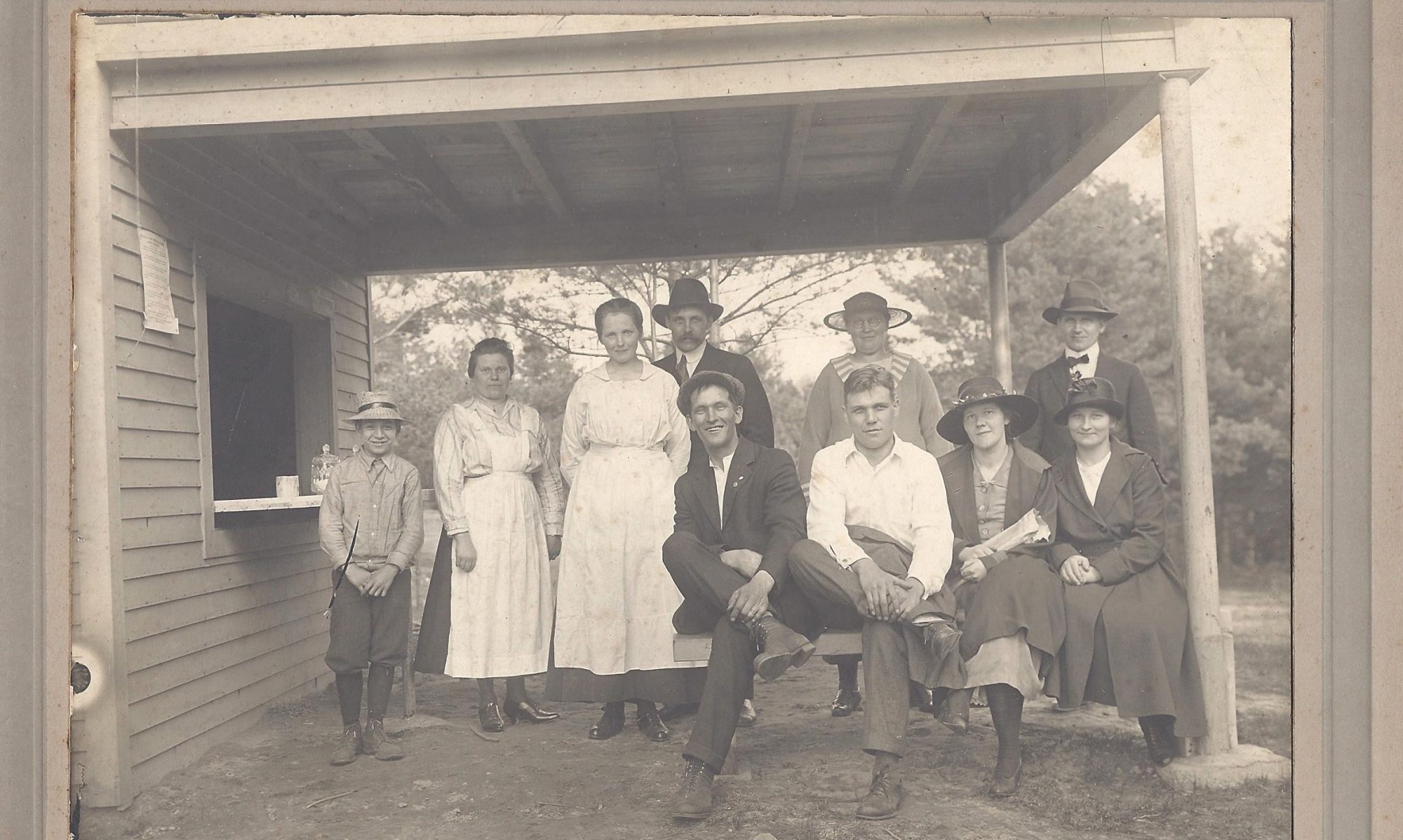The town of Newport continued to expand into the 19th century prior to the outbreak of the Civil War. Numerous churches and other buildings were added as Newport changed from being exclusively a farming community on the frontier, to a small town that had hotels, churches, and its own courthouse to suit the needs of the growing population. The changes made during this time period would determine where Newport would develop and grow.
The first order of business was determining if Newport’s commercial district should be north or south of the Sugar River. However when the Eagle Hotel (which is now called the Eagle Block and is the location of Newport’s Salt Hill pub) was built, Newport’s downtown would be forever located north of the Sugar River. The Sugar River, “…had always been the Mason and Dixon line of the town…”[1] The commercial district of 19th century Newport sprung up around this hotel, and even today most of Newport’s downtown is still north and not south of the Sugar River. Not much is known about the Eagle Hotel, just that one of its landlords was, “Capt. John Silver, a man of enormous girth, was its most famous landlord.”[2] Some of the churches that were built were the South Church and the Baptist church.
Newport eventually needed its own courthouse to determine the legal matters of the town and, “After a long struggle, in which Colonel William Cheney was Newport’s strongest Champion, the new county of Sullivan was set off from Cheshire in 1827, and by popular vote Newport was made the county seat. The old court-house was finished in 1826, and was used for social gatherings, as well as for court purposes, until 1873, when it was deeded to the town.”[3] The courthouse would eventually go out of use and be converted into a school, until the Richards building, was built in 1896”[4]. This is not to be confused with Richards Free Library where most of the research for this project was done. Today the Richards building is Newport’s elementary school. No court cases from this building were discovered in the course of this project, however that does not mean they do not exist.
Previous Page: Farming and Fortifications
Next Page: Newport During the Civil War
[1] Marcia J. Edes. Samuel H Edes The Book of Old Newport: Old Drawings and Photographs of Newport, New Hampshire... Embellished by Mart W. Nourse, Argus and Spectator Newport, 1909. 10.
[2] Edes, M. 10.
[3] Edes, M. 8.
[4] Edes, M. 8.
